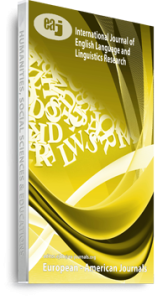This paper examines different types of ‘silence’ as meaningful absence that leaves a trace behind. This trace is meaningful due to the absence of some lines within a text. As a marker of silence, the trace is introduced in various forms. The study of meaningful silence in literature as discourse shows that this marked silence is present in any text with the aid of discursive indicators. Any text communicates meaning through combinations of words and lack thereof, i.e., silence. Silence, in fact, has an interactive role and it is also employed as a discursive technique in literature to produce a narrative and plot.
This study explores the functions of written silence in fictional world. The main questions are: what are the different types of written silence, and what discursive functions do they serve in literary narratives? We regard written silence as a marker of the intentionally disregarded signifiers. The systematic use of silence is always directed towards leaving specific effects, while also impacting the author’s style of writing. The paper delineates and analyzes this kind of silence in five Iranian short stories in terms of three types. Consequently, these types will be discussed on three axes to study the structure of narrative and the creation of the elements of a story such as complication, denouement, suspense, atmosphere and setting by means of silence. Each types of silence have its specific function in fiction.
Keywords: Interactive, Narrative, Paradigmatic, Plot, Silence, Syntagmatic

